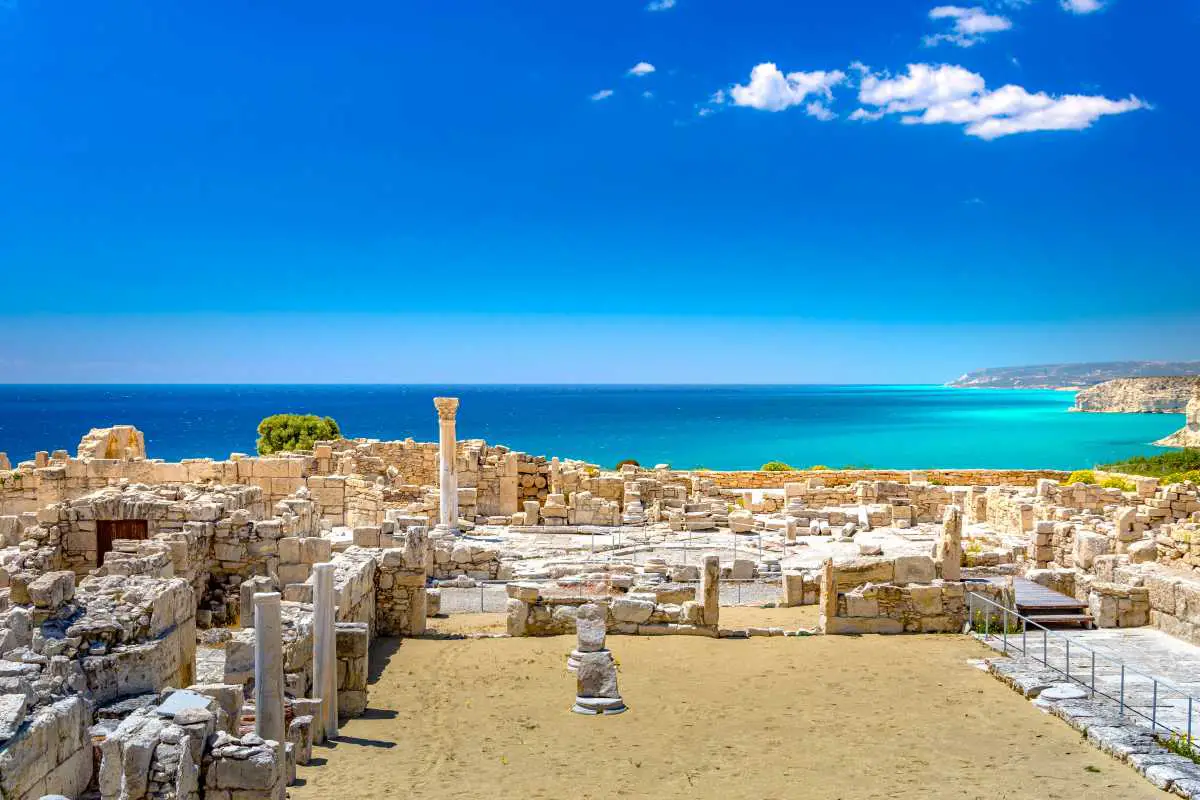I spent a week touring various places in this Mediterranean country, and in the process, discovered some of the most popular Cyprus tourist attractions.
This small island is located in the Levant Basin, the easternmost region of the Mediterranean. It is interesting to note that although the country is politically and culturally linked to Europe, geographically, it is part of Asia.
Cyprus occupies a position south of Anatolia, the Asian part of Turkey, and is very close to Lebanon and Syria, countries in the Middle East. However, it has an abundance of beautiful natural scenery, amazing beaches, a rich cultural heritage, and a friendly environment.
Below is a list of the top 15 Best Things to Do in Cyprus that I found interesting.
Things To Do In Cyprus
1. Nissi Beach Ayia Napa
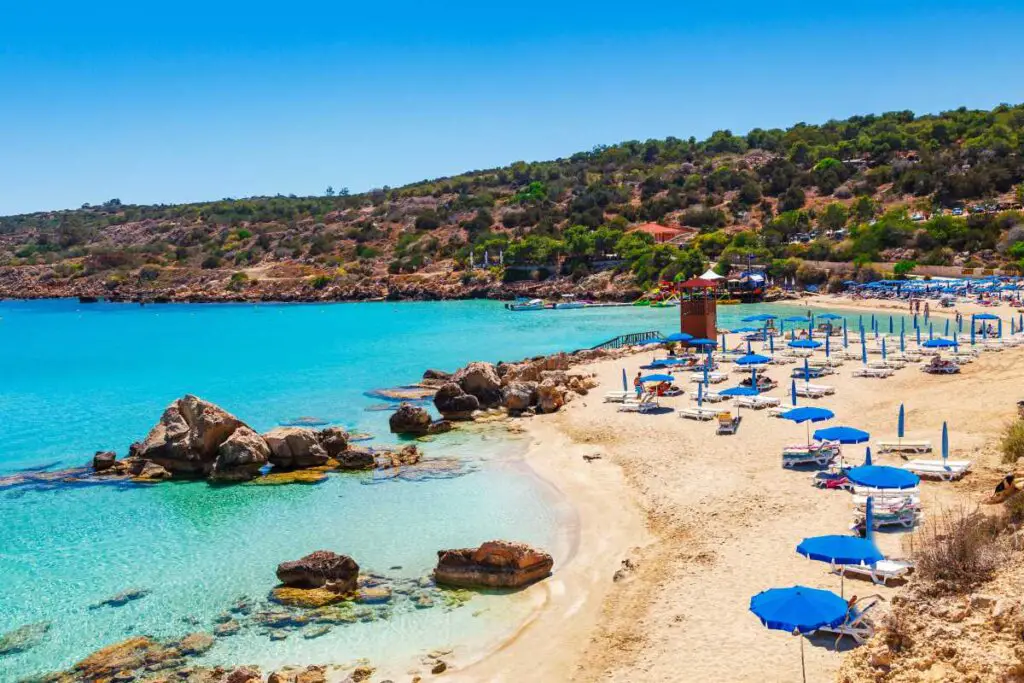
I loved my time in Cyprus, but Nissi Beach was the place that stuck with me. This picturesque beach is located on the southern Mediterranean coast, and it’s perfect for adults who want to enjoy a lazy holiday before hitting up some of the other attractions throughout Cyprus.
Nissi Beach is just one of Cyprus’s top attractions, and it’s a great place to start your adventure. Being here, you feeling like you’re in paradise with turquoise waters, beautiful white sand beaches, and jaw-dropping mountainside views. The water here is perfect for enjoying fun activities such as swimming, snorkeling, or scuba diving.
Did I mention the Cyprus sunsets? The views at sunset are one of the most popular attractions to see while you’re in Nissi Beach. So make sure that you include it on your Cyprus Attractions list.
Read More: 14 Best Beaches in Cyprus
2. Blue Lagoon Ayia Napa
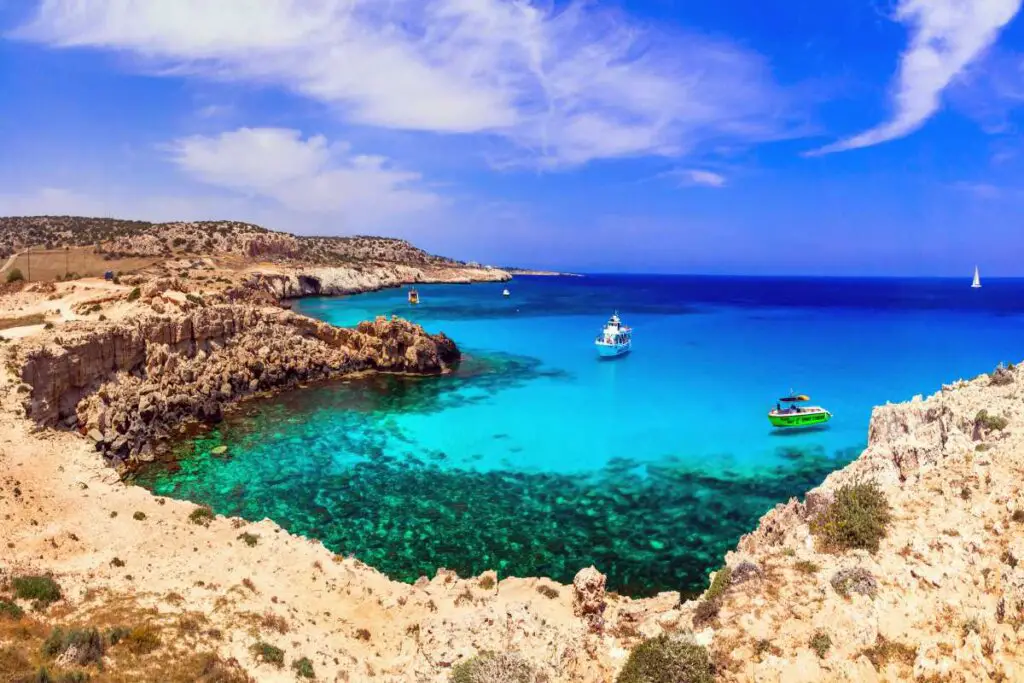
The island of Cyprus is known for its beauty, with amazing landscapes and pristine forests. One extraordinary natural attraction on the island is the Blue Lagoon; it shares close proximity to Ayia Napa, one popular resort destination.
The area has monumental cliffs that blend in lush vegetation as well as blue coastal waters. By the way, the water here is so clean and transparent that even without going into it, you can watch colorful fish and whole schools of bright fish scurrying briskly along the coast.
A few distance from the lagoon are unusual mysterious caves, which are partly filled with seawater. You don’t need to be a diver to enter these caves. Any vacationer can sunbathe, snorkel, and explore the underwater world.
3. Church of Saint Lazarus (Larnaca)

Thousands of pilgrims from all over the world rush to one of the most important shrines in Cyprus: the Church of St. Lazarus. This is because everyone wants to touch the relics of the saint, who, according to the Gospel, was resurrected by Christ three days after death.
After the death of the saint, the relics were buried at the base of the church, after which the temple was rebuilt several times, and it was believed that the remains were irretrievably lost. Only in the 70s of the last century, during the restoration, in the process of opening the stone tombs under the altar, relics were found. Today they are the most valuable artifact and are exhibited for general worship.
Among other treasures of the temple is a burnt-out wooden iconostasis with a miraculously survived face of St. Lazarus. I found this place to be very peaceful due to its history. So if you’re looking for something off-the-beaten-path while exploring Cyprus, then make sure to visit the Church of Saint Lazarus.
Read More: 14 Best Things to Do in Larnaca
4. Fig Tree Bay
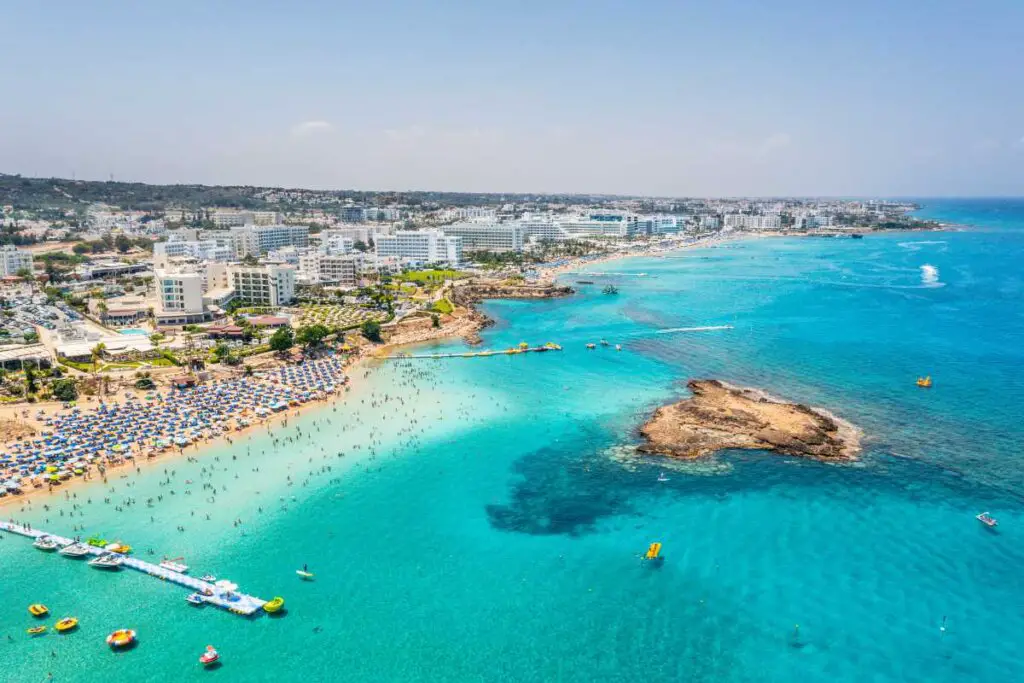
I had the opportunity to visit Fig tree bay, and I was so impressed by the beauty of this location. Fig tree bay is one of the most popular tourist attractions in Cyprus because of its natural scenery and beautiful views. I don’t think anyone can forget their first view of such an amazing place, including me.
This beach was once the third best beach in Europe and has continued to be the best. It attracts tourists with its fig-filled coastline and cerulean water. It isn’t exactly a white sand beach. Its shoreline has a bit of a brown shade and feels coarse on the feet. It has a long stretch which makes it ideal for walking or biking excursion when you’re tired of swimming.
This spot is perfect for people who love swimming or sunbathing because of its scenery and crystal clear waters. So, I recommend visiting Fig Tree Bay at least once during your stay as it is among Cyprus top attractions.
5. Cyprus Museum Nicosia
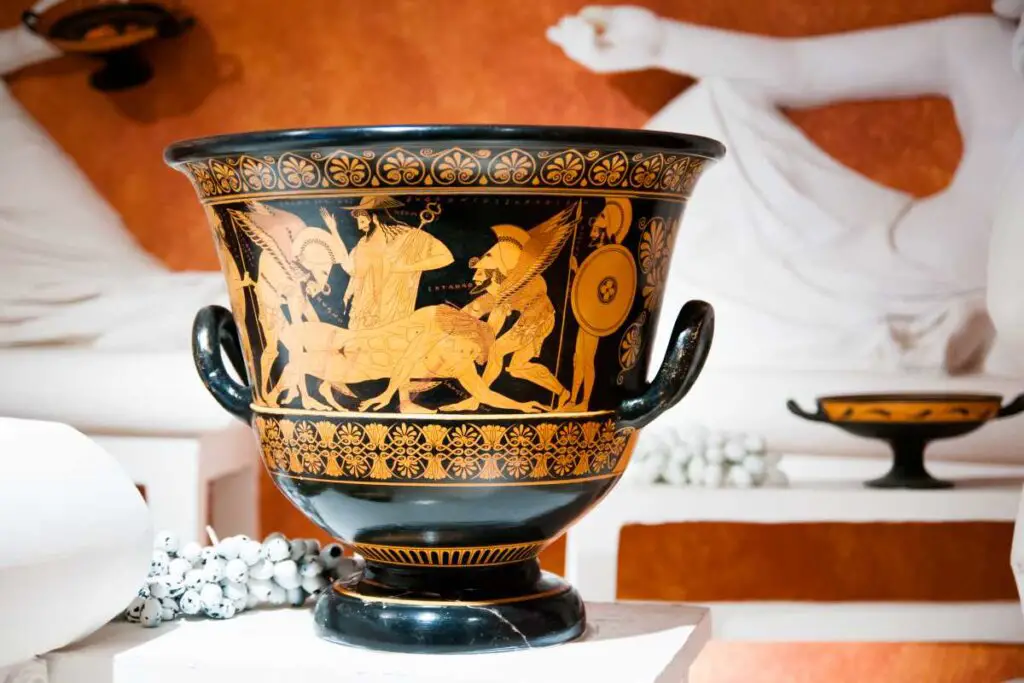
I visited Cyprus Museum as part of my European trip and was utterly surprised by the variety of artifacts I saw. The museum has a very long history that traces back to 1882, when it opened its doors for the first time. It’s housed inside an old Ottoman-style building that is beautifully decorated with stained glass windows, wrought-iron balconies, and intricate woodwork on most interior walls.
The Cyprus Museum features over 30 departments, including:
- Antiquities (Stone Age–present)
- Coins & Medals
- Archaeology Study Centre
- Cyprus Ethnography Section/Museum of Popular Customs
History buffs will love exploring this expansive museum! There are plenty of exhibits from Cypriot history that I’ve never seen before. The Cyprus Museum is a must-visit destination on your next Cyprus trip. So be sure to include it in your list of Cyprus attractions if you’re looking for some culture and history!
Read More: 14 Best Things to Do in Nicosia
6. Athalassa National Park
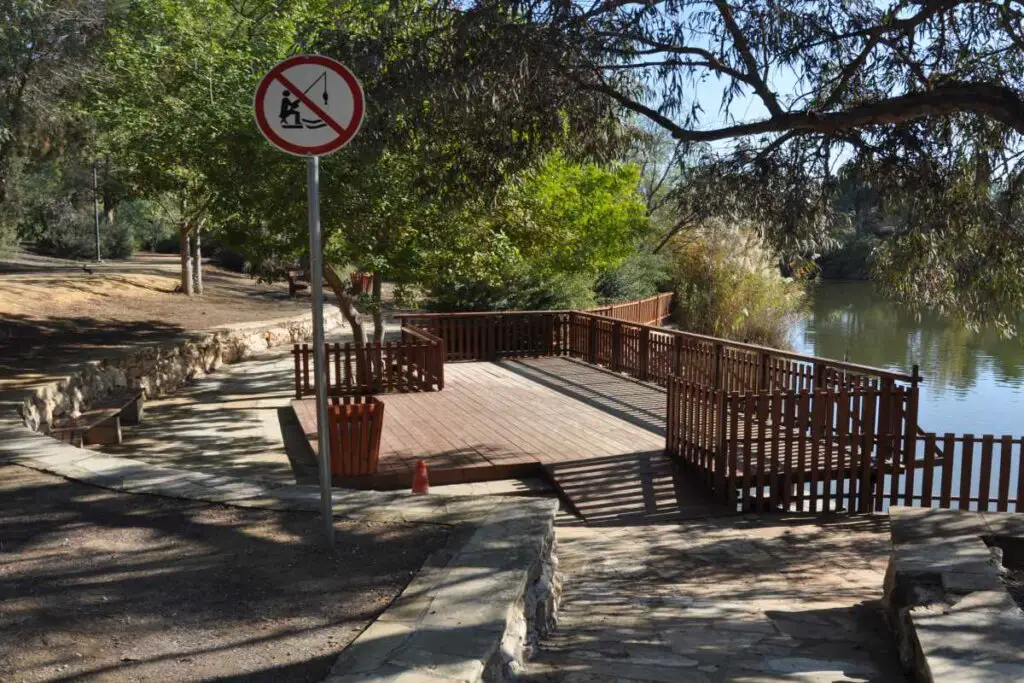
The Athalassa National Park is an 840-hectare forest park in Nicosia, 41 minutes away east of Nicosia International Airport. This national park plays a vital role in Cyprus’ tourism because it’s one of the two areas of the state that have the abundant growth of indigenous and endemic trees, shrubs, and herbs.
Cycling is the most popular activity in Athalassa National Park. There are numerous paved trails for you to follow with a bike that will take you along the forest section, the lake section, the shrubs section, and the herbs section. In total, the paved biking trails extend to 15 kilometers.
Aside from the biking trail, Athalassa National Park has a mini-museum. The mini-museum displays fossils, samples, and specimens of the flora and fauna that dwell in Athalassa National Park. There’s also the Agios Georgios Park, where you can enjoy film shows, trekking, and interactive botanical classes.
7. Kolossi Castle

If you are interested in the sights of Limassol, you should visit the Kolossi Castle, a medieval military fortress about ten kilometers from Limassol. The structure, erected at the beginning of the 13th century, was once the center of the Knights Hospitallers.
The thickness of its walls, which is 1.25 meters, is striking. It was this factor that allowed the tower to withstand earthquakes and survive to this day. On the first floor of the tower, presumably, there was a storage room. You can still see water tanks there.
On the second level, there are two rooms, one of which has a fireplace, most likely it was a dining room. In another of the rooms, a large fresco has been preserved, which depicts a scene of the crucifixion of Jesus Christ, faces of the Virgin and St. John. The third floor once served as a knight’s hall and the Commander’s private quarters.
Read More: 15 Best Things to Do in Limassol
8. Fortress of Paphos
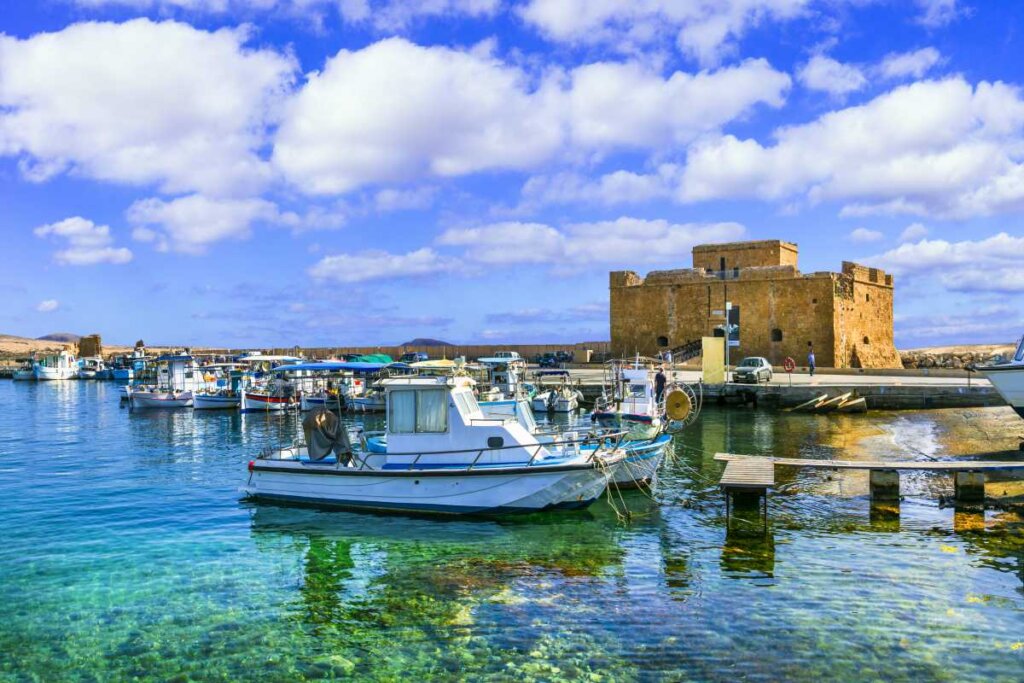
At the most extreme point in the west of the city of Paphos, I was able to tour a defensive fort, which has become one of the symbols of this place.
The uniqueness of the medieval building is given by thick walls, behind which you can visit the ruins of a former fortress. The fort was built in the 13th century by the king of Cyprus, one of the representatives of the Lusignan dynasty. Initially, the castle consisted of two towers connected by a wall, but over the centuries, the building was repeatedly destroyed by invaders, suffered from natural disasters, and then was restored by new owners.
The look that the fortress has today was acquired in 1592 when it was restored in the Ottoman style. Today, this monument has the status of a museum, and for 20 years in a row, opera concerts and festivals have been held here.
Read More: 15 Best Things to Do in Paphos
9. Ruined Temple of Apollo Hylates
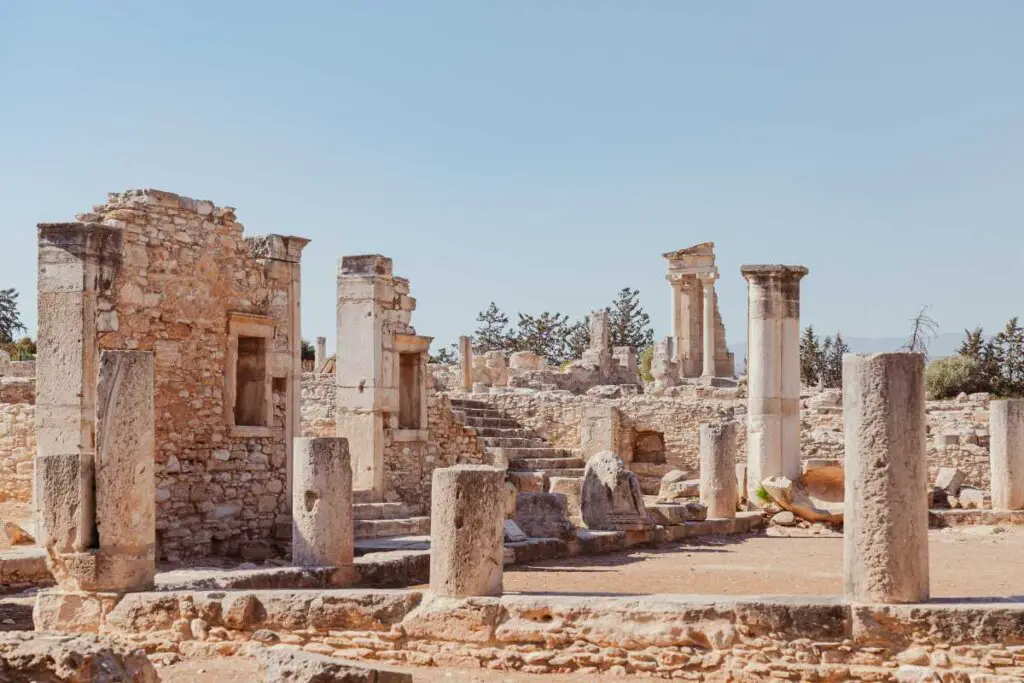
The Ruined Temple of Hylates serves as evidence of Greek influence on ancient Cyprus. Though there’s nothing much to see except the pillars, visiting the Ruined Temple of Apollo Hylates is great because it will teach a lot about how ancient Cyprus venerated the Apollo as the god of the sun and as the god of the woodlands.
Walk around and see the images, which tell much about what happened in the temple during ancient times. The layout of the temples consists of several monuments as well as passageways. Religious activities that happened in the past are parades, processions, and dances that ended or commenced on the ruined temple altar.
Moreover, Apollo Hylates is the source of artifacts that are on the Cyprus Museum Right now. On its Votive Pit, archeologists found several clay figurines and potteries. These findings denote that the Ruined Temple of Apollo Hyllates once served as a core religious center for the worship of Apollo during Cyprus’ ancient days.
10. Kyrenia
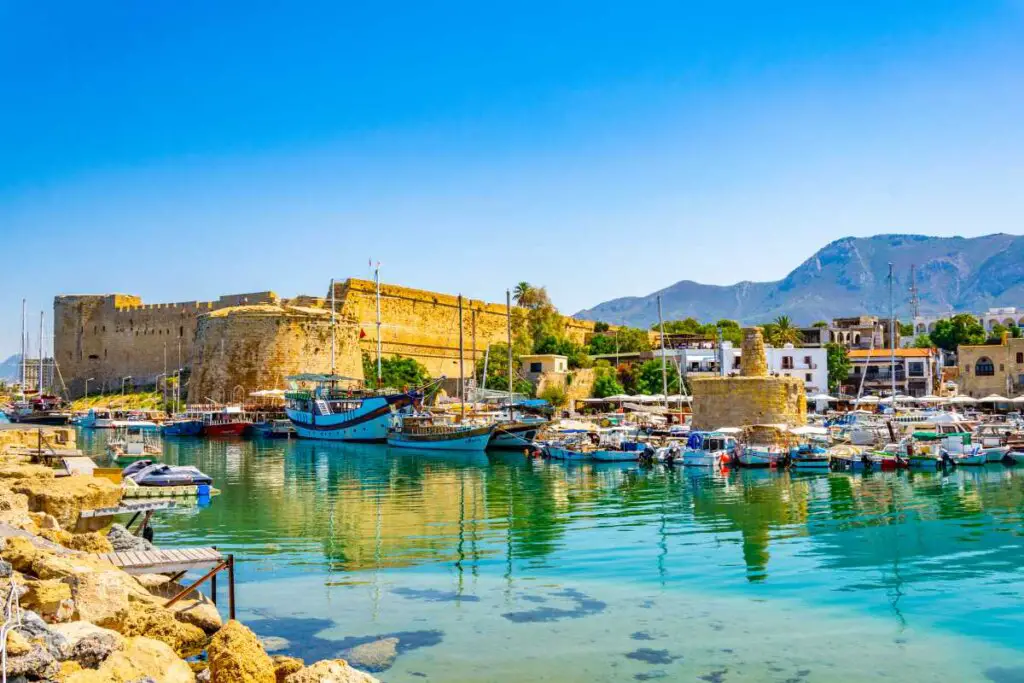
I traveled to the north coast of Cyprus and discovered the beauty of Kyrenia. I spent my days exploring the breathtaking coastline, bar hopping on the harbor front, and enjoying some delicious local seafood dinners.
Kyrenia’s old town has a medieval feel with its maze-like alleyways, cute cafes, and designer shops. It was so much fun to explore. The beaches around this town have clear water good for swimming and sunbathing. There are also some really good snorkeling spots just offshore where I saw brightly colored fish swimming about just feet away from me.
I also visited Kyrenia Castle, which is perched on top of a high hill. It’s well worth the climb for the views over Cyprus’ coastlines and all it has to offer.
11. Akama National Park
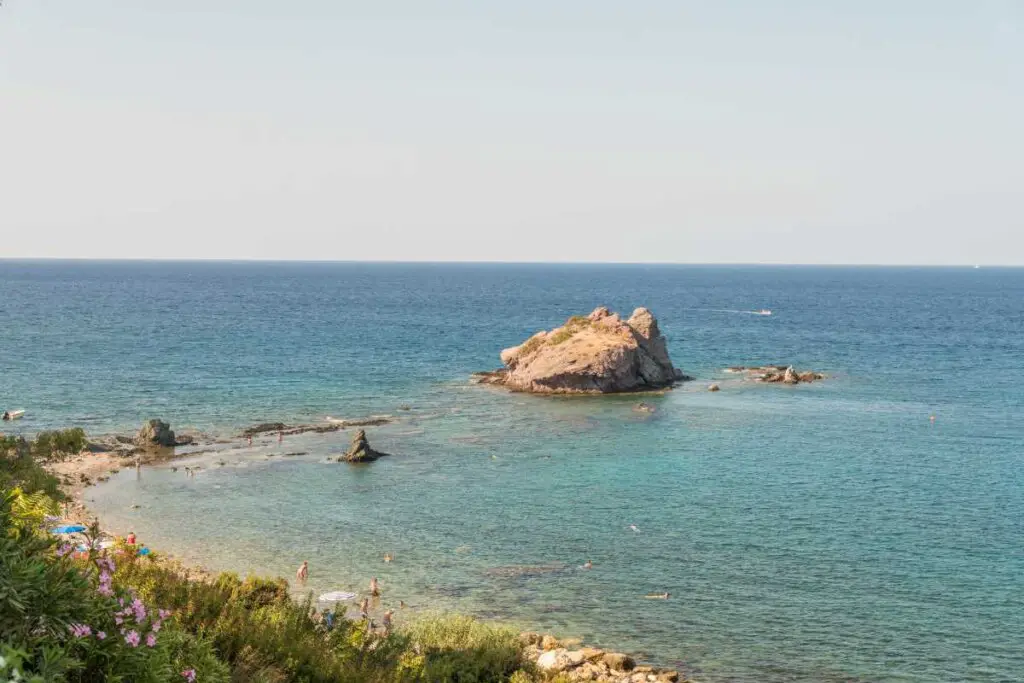
Akamas National Park Cyprus is one of the few Cyprus tourist attractions that have a unique landscape, with views over the sea and mountains. The impressive scenery will take you on a journey through time as Akamas traces its history back to biblical times when it was called “the land of oaks.” It is home to ancient ruins from different periods in antiquity, including Roman ponds.
In this lush green park, there are plenty of opportunities for hiking trails, scenic viewpoints, or even some tranquil birdwatching. 530 indigenous plants are waiting for you here. Some of the flowers that you shouldn’t miss are the autumn flowering cyclamens, the petite alyssum, and the ox-blood Cyprus tulip.
Fauna thrives wonderfully in Akama due to the balanced ecosystem that the numerous plants provide. Animals that you can meet here are foxes, bats, hedgehogs, Cyprus warblers, and Cyprus scop owls.
You can take pictures and touch the animals and the plants. However, Akamas has strict policies that prevent damage to the integrity of its environment. Therefore, never pick the flowers and feed the animals. Sanctions apply if you fail to follow this simple rule.
12. Sanctuary of Aphrodite

Do you know why the country is known as the island of Aphrodite? Cyprus is named the birthplace of the goddess of love and beauty in Greek mythology.
The exact location would be the district of Paphos, which is in the southwest region of the island and where you can see places dedicated to Aphrodite. Aphrodite’s Sanctuary is an archaeological site where objects and temples dedicated to the goddess were found. Another intimately connected setting is Aphrodite’s Stone, which divides the beaches from where the mythological character would have emerged from the sea.
This is a place where people from all over Cyprus and abroad come not only to enjoy the view, but also for rituals and ceremonies.
13. Nicosia Old City
One of the best things to do in Cyprus is by taking a stroll around the atmospheric Old City. The imposing Venetian walls (with 11 bastions and three gates) were built in the 16th century to protect Nicosia from Ottoman attacks. You can walk or cycle around the three-kilometer perimeter of the walls and take in some of Nicosia’s best sights along the way.
Other top tourist attractions in Nicosia’s old city include the Famagusta Gate, which was once the main entrance to the city; the Buyuk Han, the largest caravanserai (ancient inn) in Cyprus dating from the 16th century; and the Selimiye Mosque, a beautiful mosque that was once a Gothic cathedral.
I spent a couple of hours exploring the old city, and I could easily have spent much longer. Guided tours of the old city are also available if you want to learn more about Nicosia’s fascinating history. Just be sure to wear comfortable shoes as there’s a lot of walking involved.
14. Paphos Archaeological Park
Paphos Archaeological Park is a UNESCO World Heritage Site and one of the top tourist attractions in Cyprus. This site includes the ruins of several major public buildings dating from the Hellenistic and Roman periods.
The most impressive ruin in the archaeological park is that of the House of Dionysos. This is one of the largest and best-preserved Roman villas in Cyprus. The highlight here is undoubtedly the stunning mosaic floor, which depicts the Greek god Dionysus surrounded by maenads (wild women) and satyrs. Other notable highlights of the site include the Temple of Aphrodite (built in honor of the goddess of love and beauty) and the Agora (marketplace).
I recommend allocating at least half a day to explore the archaeological park in detail, though you could easily spend a full day here. Guided tours of the site are available, which I feel is the best way to learn about the history and archaeology of Paphos.
15. Omodos Village
If you want to get a feel for traditional rural Cyprus, consider spending a few hours in the picturesque mountain village of Omodos. This is one of the best-preserved and most authentic Cypriot villages, with a labyrinth of narrow streets and pretty whitewashed houses adorned with colorful shutters.
Wine aficionados will enjoy a visit to one of the many small wineries in the village. Here you can learn about local wine production methods and taste some of the delicious wines produced in the area. Be sure to visit and admire the striking 18th-century Monastery of the Holy Cross, perched atop a hill on the edge of the village. This is one of the most important Byzantine monasteries in Cyprus and contains some beautiful frescoes, icons, and other religious artifacts.
If you get hungry while strolling around Omodos, stop at one of the small tavernas for some traditional Cypriot food. I recommend trying the delicious sheftalia, which are little pork and herb patties wrapped in caul fat, as well as the dolmades (stuffed vine leaves) and various meze platters.
Overall, Omodos is one of the best places to visit in Cyprus if you want to get away from the big city and experience some traditional Cypriot culture.

